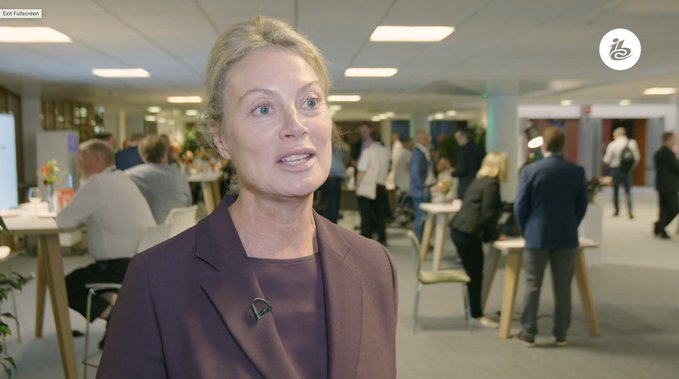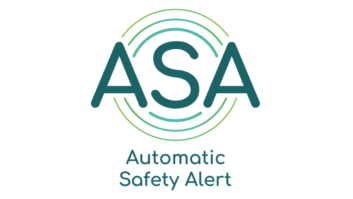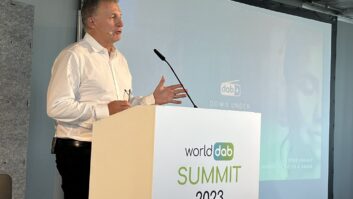
Two topics led the conversations about DAB at IBC: metadata and small-scale DAB+ for local digital radio.
Given that it has three years since IBC was last held in-person, WorldDAB was primed to talk about new opportunities and new audiences that come with the DAB+ digital radio. WorldDAB’s Vice-President and Project Director of Digital Radio Netherlands Jacqueline Bierhorst opened the group’s show briefing by noting the uptake of DAB+ by European motorists. More than 90% on all new cars sold in Europe have a DAB+ receiver as standard equipment she noted.
Laurence Harrison from Radioplayer Worldwide dug deeper into the data Bierhorst cited, reviewing the “unbelievably compelling and consistent” findings from last year’s car-buyers survey showing that broadcast radio is the most valued in-car audio source. Harrison urged broadcasters and auto manufacturers to continue their collaborative efforts to improve the in-car DAB experience.
This need to ensure a top-notch user experience lead into the morning’s discussion of metadata.
Lindsay Cornell, Chair of the WorldDAB Technical Committee, discussed how broadcasters could best encode service and program information to enhance their services, along with how device manufacturers could best decode that information to improve the user experience.
Gereon Joachim from Xperi continued the metadata discussion and the role it plays in content discovery, especially for non-linear content from broadcasters. He also demonstrated how metadata works with the DTS AutoStage connected-car platform to boost branding and listener engagement.
[Read more of our coverage from IBC 2022]
The second half of the event focused on small-scale DAB+, which is increasing the options for delivery of local services via digital radio.

Hanns Wolter, of DAB Italia and chair of WorldDAB’s Spectrum and Network Implementation Committee, noted that “small scale” does not mean free; however, the benefits of multiplexing can mean a lower cost of entry. He said that small-scale solutions are available for all operators and can provide extra flexibility and future-proofing.
Lukas Weiss from Digris discussed the company’s operations in Switzerland, where FM is due to be switched off in 2024. He noted that using new features enabled by DAB, such as incorporating display advertising, has been the key to the medium’s success.
“Think differently, work locally,” was the message from Nick Piggott of Bristol Digital Radio, which operates the small-scale multiplex in the west of England, and Donald McTernan from Ujima Radio, one of the community stations broadcasting on the multiplex. “The fear, uncertainty and doubt around small-scale DAB was not real,” said Piggott. “We don’t call it ‘small-scale DAB’,” added McTernan. “It’s just ‘radio’ to us.”
Piggott said that using appropriate technology was critical: “We’ve built a minimum viable product — a saloon car, not a luxury vehicle.” Together they described how providing community stations access to DAB provides a digital transition for community and smaller radio, as well as a new funding source for them. “DAB can be done very cost-effectively without disrupting the existing ecosystem to make the most of the opportunity,” Piggott said.
Gerard Lokhoff, project manager of Dutch local DAB Allotment 76 and the EUregio Digitaal Foundation, brought further examples from the DAB+ 4 Brainport local multiplex in Eindhoven, Netherlands. The multiplex carries two public and seven commercial stations.
Lokhoff also announced the launch of LocalDAB.org, a new website to aid organizations looking to launch small-scale DAB transmissions. The site will include practical information gained from real-world experience creating local DAB ensembles.







